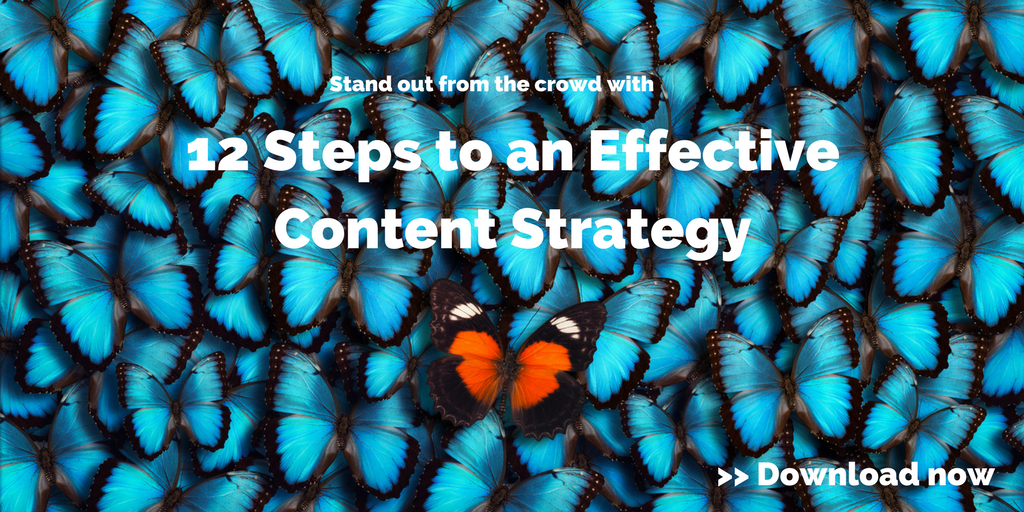Users will see less content from businesses, brands, and media, so you need to adjust your strategy to appear on your followers’ Facebook News Feed.
Mark Zuckerberg once again rocked the world on January 11 — at least for businesses — when he announced that Facebook News Feed was evolving to include less public content, meaning content from Pages of businesses, brands, and media. The algorithm will now prioritize posts from friends and family (over public posts) and those that “spark conversations and meaningful interactions between people.”
Cue businesses around the world freaking out. They’re about to see their organic reach, video watch time, and referral traffic take a nose dive.
The fact is, this is really not a huge surprise. Facebook has been taking steps in this direction for a while, including the testing of Explore Feed last year. Even though you may have anticipated that some changes to Facebook for businesses were coming, you may be tempted to suddenly stop maintaining your Facebook Page. Is it worth posting content to Facebook if it is not going to reach your followers after these new changes?
Our stance at Fronetics is that Facebook is still worthwhile for businesses. But Zuck’s recent announcement does merit your close attention to — and perhaps a revisiting of — your Facebook strategy. We’ve compiled a list of things you need to know/do in light of the new changes to Facebook News Feed. Here they are.
4 steps to adjust your strategy for Facebook News Feed changes
1) Focus on news-worthy content that drives engagement.
Zuckerberg says, “I’m changing the goal I give our product teams from focusing on helping you find relevant content to helping you have more meaningful social interactions.” That means that engagement will now mean more than ever before for content visibility.
In other words, posting your blog content to Facebook is no longer going to cut it. If your posts don’t garner comments or reactions, it’s time to go back to the drawing board. You’ll need to start thinking of Facebook as a place to post and discuss active news items, hot-button issues, and highly shareable content (content that is educational or entertaining, for example).
Scheduling multiple posts ahead of time, though convenient, will probably land your content further into the depths of oblivion. You’re going to have to pay attention, actively seek to generate conversation between users with your posts, and fight to win space on your followers’ feeds.
2) Tell your community to access the See First feature.
Users who still want to see posts from certain Pages they follow can choose “See First” in News Feed Preferences. So, quite simply, we suggest asking your followers to choose to see your content.
While some proactive followers may do this on their own, we want to encourage you to explicitly remind your community to do this. Remember that people are most likely to do what you want them to when you make it easy, exact, and clear. So send them an email with directions. Or put it in your newsletter or a blog post. Just tell them to do it.
One thing you don’t want to do: goad people into commenting on your posts as a means to increase your content visibility. Facebook has explicitly stated that it will demote “engagement bait,” or posts that ask for comments or reactions. So you’ll actually hurt your content by doing this.
3) Get your executives on social media.
I’ve written before about getting your executives on social media as themselves — they act as brand ambassadors for your business. Facebook’s latest announcement underscores the importance of this directive.
Your company’s executives are the most visible people in your business. For many of your industry peers and customers, they are the face of your brand. Get them active on Facebook to add meaningful thoughts to your company’s posted content, to engage in discussions, and to share newsworthy content of their own.
It’s important to note that I don’t mean that they should do this in a superficial way. They should actively seek to add value to your Facebook content and that which is relevant to happenings within your industry. By being engaging on Facebook, your executives emerge as thought leaders, which boosts your brand’s visibility and reputation.
4) Consider your Ad budget.
In the past, we have recommended adding some social media advertising to a traditional content marketing strategy as a way for clients to add gasoline to a fire, so to speak. It speeds things up. But those companies who are just starting out or who rely heavily on referral traffic might want to consider reallocating budget to sponsored ads.
Final thoughts on the new Facebook News Feed
This is a shift, yes. A challenge, for sure. But not one that’s insurmountable — or even contrary to the basic principles of good, data-driven content marketing.
Remember, Facebook is not eliminating Page content from News Feed altogether — just limiting it. The most relevant, engaging Page content will win that space. So seek to understand your target audience and produce high-quality, original content that engages those people, and you’ll come out on top of the new Facebook News Feed.
Related posts:
- Lead Nurturing 101: A Definitive Guide to Multi-Channel Lead Nurturing
- Facebook Live for B2B
- What Supply Chain and Logistics Marketers Need to Know About Organic Reach on Facebook


